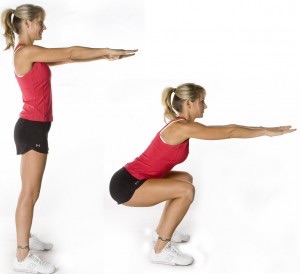[QUOTE=RugBug;7918779]
Feel free to disagree, but closing your hip angle should not push your heels forward or your butt so far back that you are significantly out of alignment.
Etc[/QUOTE]
Rugbug ,You are correct in that I would not call any of those riders folding.
To me they are too far up the horse’s neck.
I have been taught that you should balanced and if the horse magically disappears underneath you, you should land on the ground and not fall forward or back. Both for dressage and jumping.
You are obviously taught differently on the other side of the world as google is full of riders who are up their horses neck.
I did find this one.
http://ts1.mm.bing.net/th?id=HN.608004912371008436&pid=15.1
Merrygoround. Folding does not happen overnight, it is a skill that has to be learned.


